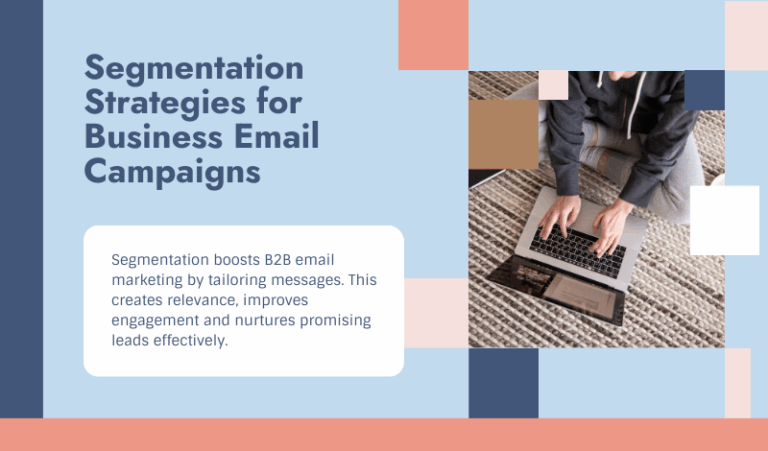Your MARKETING AI® is up to the challenge of delivering email to the right recipients thanks to its data enhancement capabilities, but it can’t make them open and read. To do that, you need human ingenuity fused with machine intelligence. Yet too few marketers try to close this gap between technological capacity and effective content. Knowing your market is crucial – you can’t know if your open rates are low unless you know what’s standard in your industry – but so are the quality and relevance of your content.
Here’s what you might be missing when it comes to your email marketing strategy.
Strong “From” Identification
Your prospects look at who’s communicating with them even before they see what the email is about, so having a “from” line that readily identifies your organization is essential. Dedicated servers allow you to pick your “from” name, but so do many email marketing services now. As you get to know leads better, you can also introduce them to individual names in your marketing or sales team so your future customers can build a stronger relationship with their point of contact.
Clear Subject Lines
Curiosity is a powerful motivator when it comes to finding out what’s in a wrapped gift, but an email needs to be clear, concise, and direct in its subject line. Customers are far more savvy than they used to be, and emails that don’t seem relevant get tuned out at best or rejected at worst. Great email subject lines are highly relevant; they describe what the email contains and why that matters to readers. They’re also memorable and free of clichés.
Focus on Your Reader
How much of your email marketing is focused on “you” instead of “we?” Think about why your reader cares what you have to say, and you’re far likelier to earn their attention. Too many B2B email marketing efforts are ad-oriented, informing readers about the latest company news or telling them details about a product launch. Your readers might care – but they almost certainly care more about what that information means to them. Challenge your content writers to do better than “We want you to know” or “we’re excited to announce” copy. Instead, think in terms of letting your readers know what they get from accepting your call to action. Speaking of which:
Make a Clear Call to Action
Your readers are busy. Tell them up front what you hope they do with your email via a strong, concise call to action. It’s best to stick to one call to action per email, but you can repeat it in more than one form – an inline link and a button that lead to the same landing page, for example. If leads don’t know right away what makes your email worth reading, they’re likely to skip it.
© Reach Marketing LLC 2018 All Rights Reserved.



